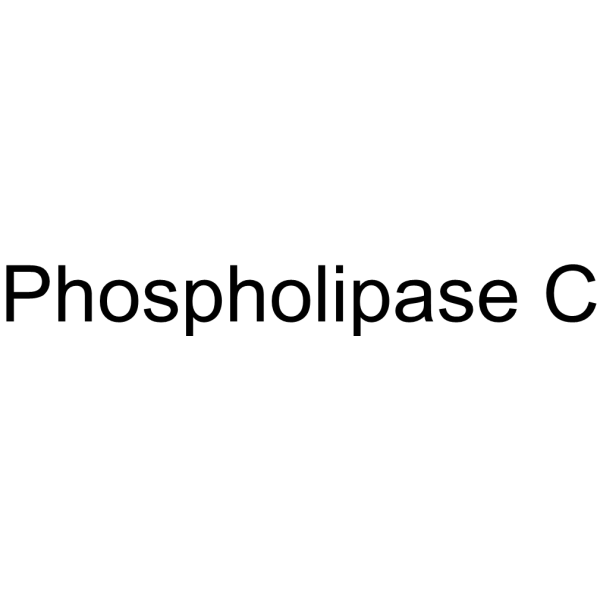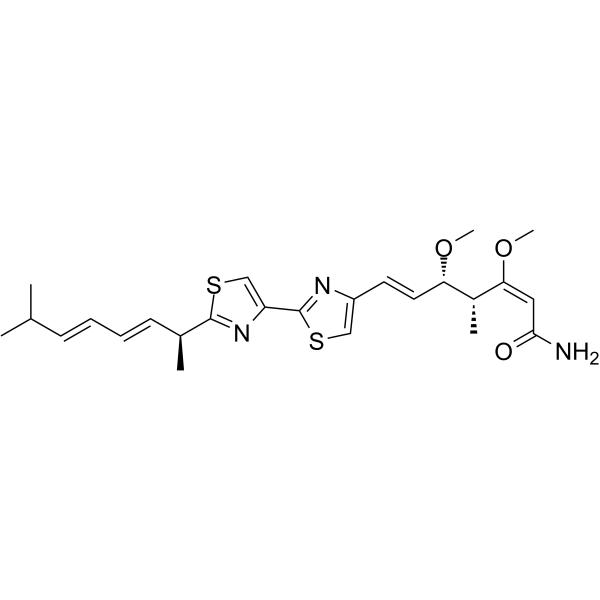| Structure | Name/CAS No. | Articles |
|---|---|---|
 |
phospholipase C expressed in pichia pastoris
CAS:9001-86-9 |
|
 |
Myxothiazol
CAS:76706-55-3 |